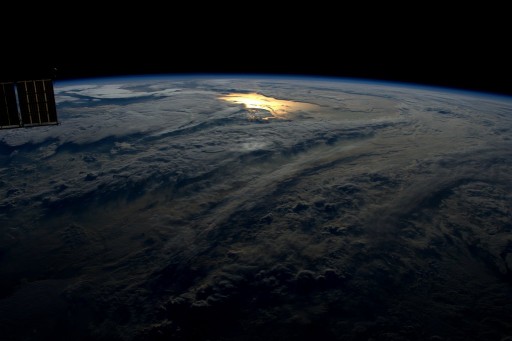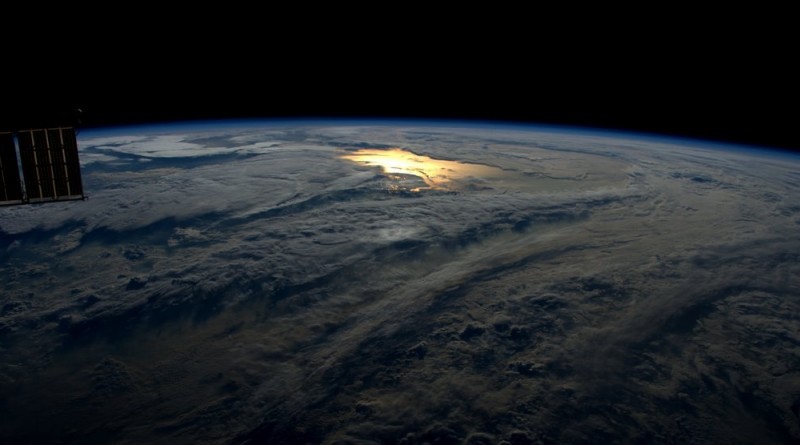ISS Operations Update – April 21, 2016

Experiments:
Genes in Space – Second of four test sessions [Genes in Space is a student-developed experiment to test whether the polymerase chain reaction (PCR) can be used to study DNA alterations aboard a spacecraft. Spaceflight is known to cause alterations to human DNA and lead to weakened immune responses in astronauts. Understanding whether DNA changes and immune system degradation are linked is a major objective in ongoing space research, but DNA technology that would enable monitoring of these changes is not fully tested in space.]
ENERGY Experiment Session Start [Energy = Astronaut’s Energy Requirements for Long-Term Space Flight – Human Research Payload. ENERGY measures changes in energy balance during long term space flight, adaptations in the components of the Total Energy Expenditure and it will derive an equation for the energy requirements of astronauts. For the crew members, ENERGY includes a special diet, urine sampling, oxygen uptake measurements and diet logging.]
MAGVECTOR – Power Supply Switch & connection of hardware to USB for experiment run. [The MagVector study is an interesting experiment that will expose a variable electrical conductor to Earth’s magnetic field to study the interaction between the conductor and the magnetic field in a range of different environments using extremely sensitive magnetic sensors installed around the conductor. The experiment will be installed in the European Drawer Rack that will provide a cooled vacuum to have the experiment take place in vacuum conditions. Earth’s magnetic field vector and overall field strength is measured in parallel to provide data for comparisons.]
Integrated Resistance and Aerobic Training Study (Sprint) [This study evaluates a high-intensity, low-volume exercise protocol to minimize the loss of muscle, bone and cardiovascular function but also minimizing the time spent with daily exercise. To asses the protocol, crew members conduct regular measurements of VO2max, heart rate (HR) response to submaximal exercise and ventilatory threshold. Monthly ultrasounds of the thigh and calf are used to evaluate spaceflight-induced changes in the muscle volume. Post-flight data on muscle and bone mass is compared to pre-flight measurements and to data from control subjects that use the regular exercise protocol.]
Fluid Shifts – Equipment Preparation [Fluid Shifts Before, During and After Prolonged Space Flight and Their Association with Intracranial Pressure and Visual Impairment. Known as the Fluids Shift study, this experiment is one of the most complex integrated experiments ever performed on ISS using pieces of US and Russian hardware to attempt to quantify the amount of fluid shifting from the lower body to the upper body when transitioning from a gravity to a microgravity environment. This will also lead to an understanding of effects of the fluid shift on fluid pressure in the head, changes to vision and eye structure. Effects on the eye caused by elevated intracranial pressure include globe flattening, choroidal folds, and alteration of the optic nerve.]
Vzir Experiment Operations and Tagup [Vzir (Viewfinder) uses the SKPF-U (Photo Image Coordinate Reference System) hardware, a photo image coordinate reference system using ultrasound sensors and a camera for general target views.]
Maintenance/Systems:
Nominal Inspections/Servicing Tasks (Morning Inspection, Caution & Warning Panel Check, Sozh System Maintenance) (Russian Crew)
JAXA Small Satellite Orbital Deployer MICROSAT (JSSOD-M1) – Installation on Multi-Purpose Experiment Platform and Kibo Airlock Slide Table
Lab Carbon Dioxide Removal Assembly (CDRA) Air Selector Valve (ASV) 104 Remove & Replace (R&R)
Robotics: Force Moment Sensor characterization on Latching End Effector B prior to retrieval of Special Purpose Dexterous Manipulator to set up for the HTV-6 battery pack installation by breaking torque and retorquing bolts on the S4 batteries to be replaced. An anomaly was encountered by Dextre when picking up its Robotic Offset Tool and a repeat attempt did not bring any success either. Reviews are underway.
Nitrogen/Oxygen Recharge System (NORS) – ISS Oxygen Repressurization (First Time Activity)
ESA Weekly Crew Conference
PAO Event

